In May, the Center for Nuclear Security Science and Policy Initiatives (NSSPI) at Texas A&M University organized the Domestic Nuclear Facilities Experience (DNFE), a unique experience for graduate students to visit various nuclear sites in Texas and New Mexico with a focus on learning about how nuclear materials are safeguarded at these locations. Sponsored by the Department of Energy’s National Nuclear Security Administration, the 2022 DNFE consisted of visits to multiple nuclear facilities and stops at two national laboratories, culminating in the Institute for Nuclear Materials Management (INMM) Southwest Chapter Meeting.
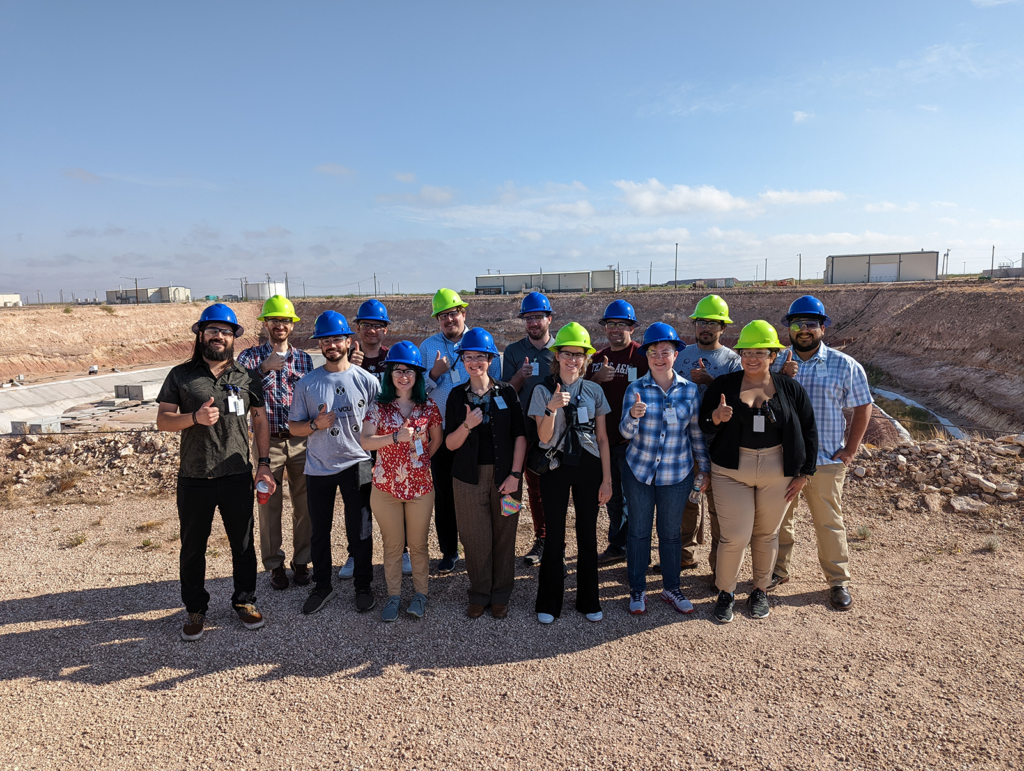
Eight graduate students from Texas A&M—all of whom are pursuing the nuclear safeguards, nonproliferation, and safeguards curriculum as part of NSSPI—joined four graduate students from Virginia Commonwealth University (VCU) for the tour. The DNFE is an opportunity for these students specializing in this area to experience first-hand how safeguards are applied at real-life facilities, visit national laboratory facilities and labs, and interact with people working in the field. VCU Assistant Professor of nuclear engineering Dr. Braden Goddard and NSSPI Postdoctoral Researcher Dr. Taylor Harvey led the trip.
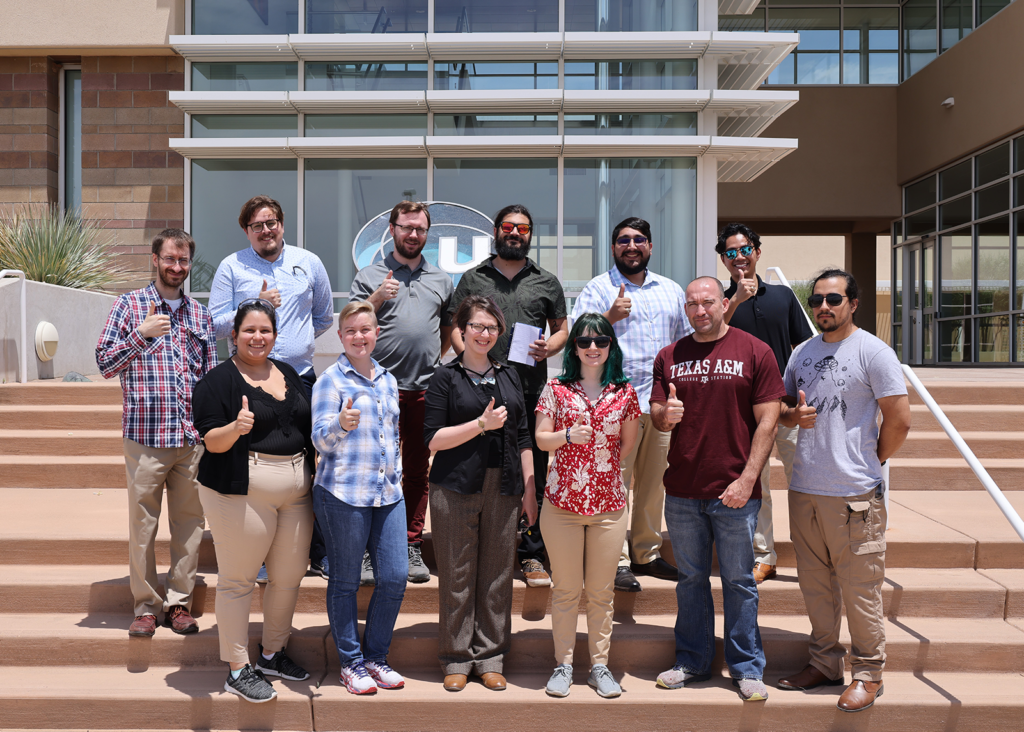
The first stop of the DNFE was to Waste Control Specialists (WCS), a low-level radioactive waste treatment, storage, and disposal facility in Andrews, Texas. With its co-located cask and transportation services, including a rail-served site, the visit to WCS allowed our students to see a range of waste management services and how they are safeguarded and administered. The US members of the group were then able to tour the URENCO-USA facility in nearby Eunice, New Mexico. There they witnessed first-hand the safeguards implemented at an enrichment facility.
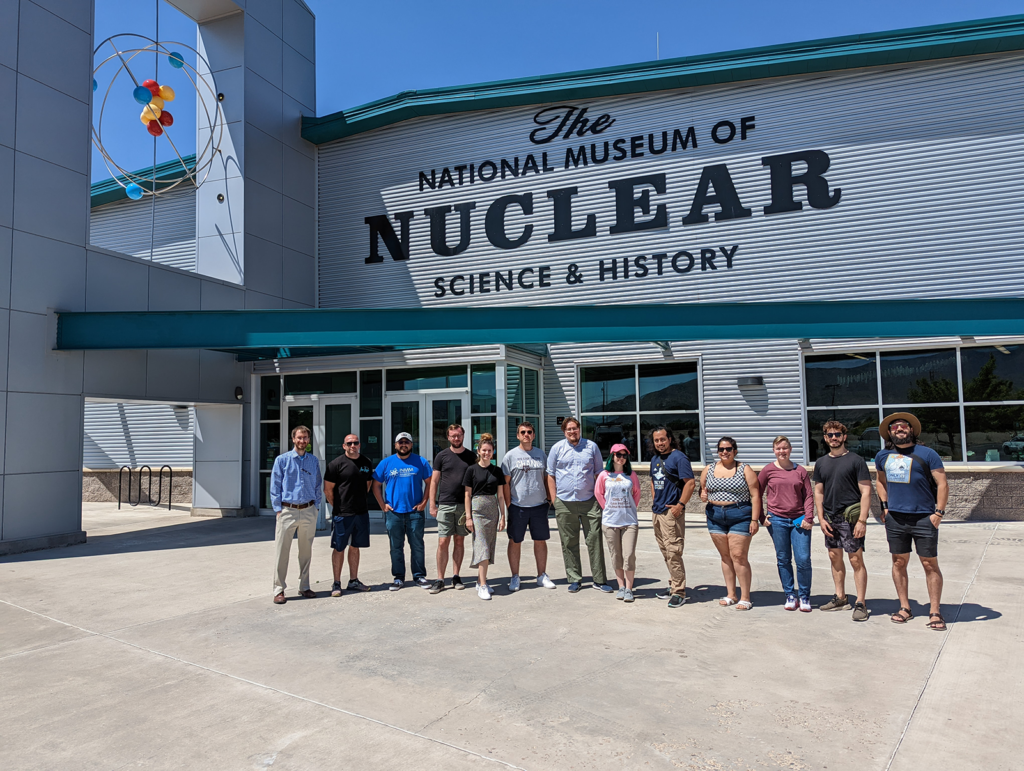
The group then traveled Albuquerque to Sandia National Laboratories, where they toured the Integrated Security Facility and the onsite museum. While in Albuquerque, they also visited the National Museum of Nuclear Science & History.
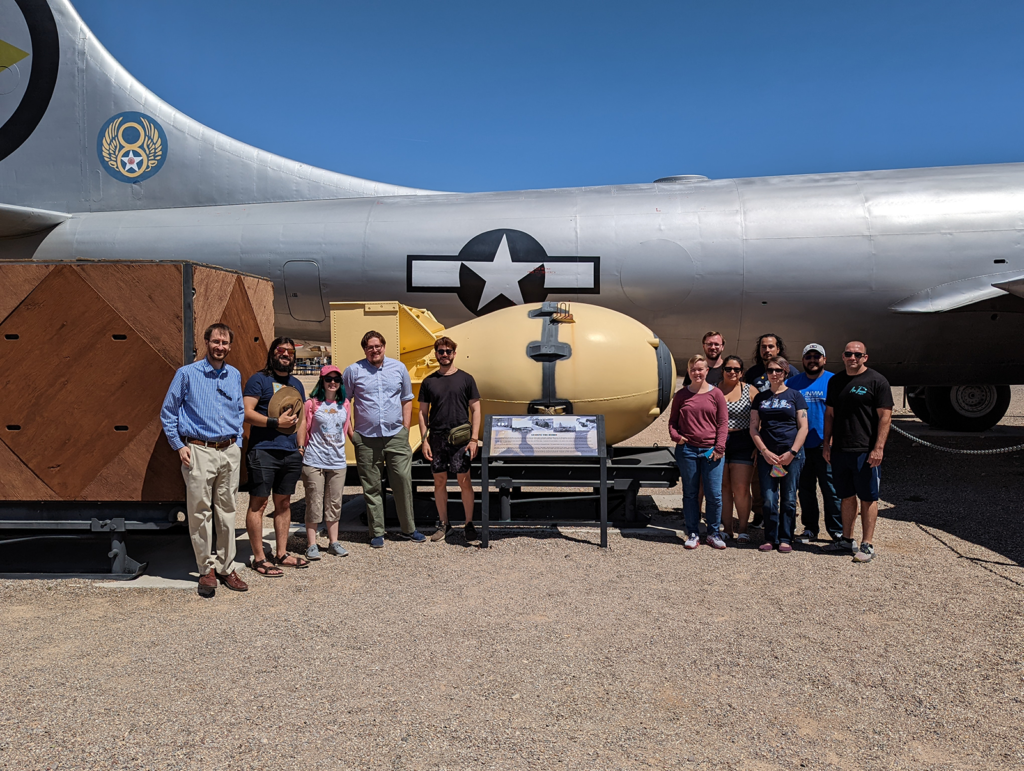
At Los Alamos National Laboratory (LANL), they toured various labs in the nuclear nonproliferation department, including the DYnamic Materials ACcountability System (DYMAC) lab, the MicroCal lab, the High Bay, and the electronics lab. After lunch with LANL managers and staff, they participated in an International Studies Roundtable discussion.
The final day of the DNFE was spent in Santa Fe attending the INMM Southwest Chapter Meeting. The INMM Southwest Chapter includes representatives from Los Alamos National Laboratory, Sandia National Laboratories, The Nevada National Security Site, The Pantex Plant, and URENCO-USA, as well as Members of nongovernmental organizations and manufacturers who contribute to the management of nuclear materials; and who develop and manufacture equipment, and provide technical services to support nuclear material management and the 3 student chapters of the Southwest Chapter of the INMM, consisting of Texas A&M University, the University of Texas, and the University of New Mexico.
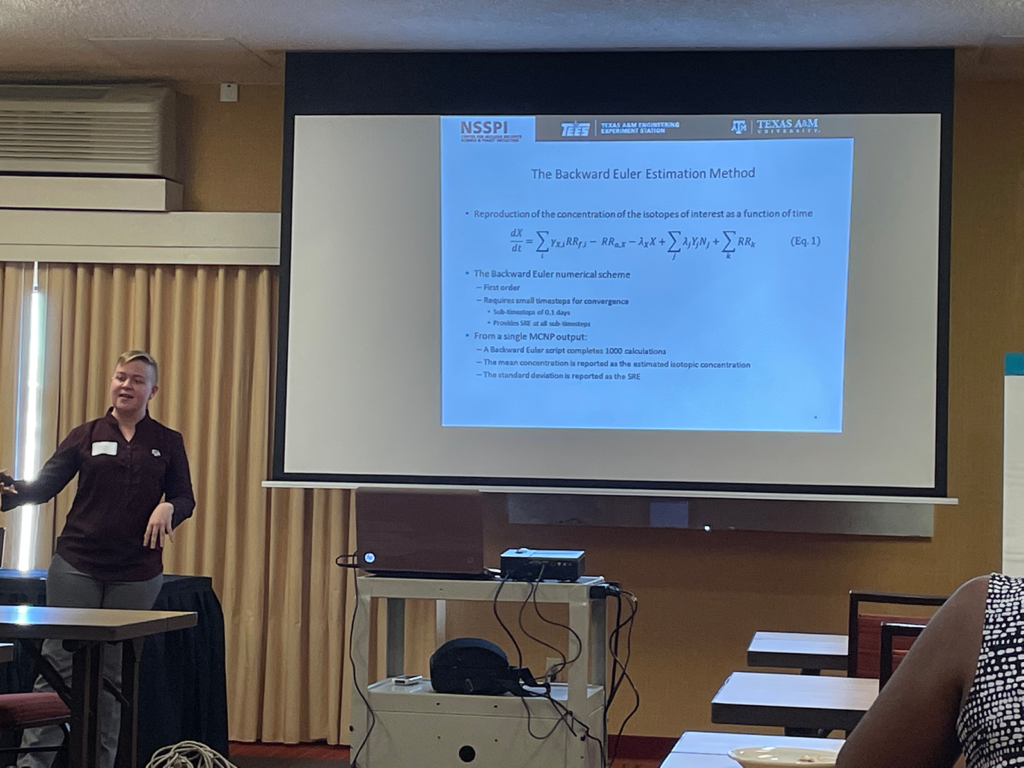
Two participants on the tour, Grace Long and Dr. Taylor Harvey, gave technical paper presentations of their research at the meeting. There were three additional presentations from the NSSPI students based on their Nuclear Fuel Cycles and Nuclear Safeguards graduate safeguards class project. The INMM SW Chapter meeting was a great opportunity for the students to network with various professionals in the field and to practice presenting their work.